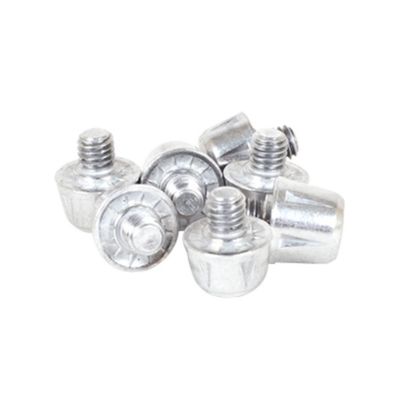
Une grande première : le tout premier maillot Pré-Match Rugby du XV de France
Une première historique pour le XV de France : Adidas dévoile le tout premier maillot Pré-Match. Design audacieux, technologie de pointe, fierté assumée.
Website editor:
BAR Associates
With a capital of 145 437,32 €.
75 bis Boulevard de Clichy 750O9 Paris
Registered in the Paris Trade and Companies Register under number B 430 246 405
Intra-community VAT FR94430246405
Telephone: 01.44.62.03.90 (Non surcharged call, except possible cost according to your operator)
Site host:
OVH
SASU Company with a single shareholder With a capital of 10 174 560,00 €.
2 rue Kellermann 59100, Roubaix
Lille Metropole Trade Register B 424 761 419
Intracommunity VAT FR22424761419
Telephone: 0899 701 761 (1.349 € incl. tax per call, and 0.337 € incl. tax/min)

Une première historique pour le XV de France : Adidas dévoile le tout premier maillot Pré-Match. Design audacieux, technologie de pointe, fierté assumée.

Whether you are an experienced player or a parent attentive to your child’s equipment, it is essential to choose replacement studs that are compatible with your boots. A wrong choice can impact your performance, reduce comfort, and even increase the risk of injury.
There are studs adapted to each boot model. Discover all our available studs on Boutique-Rugby.com.